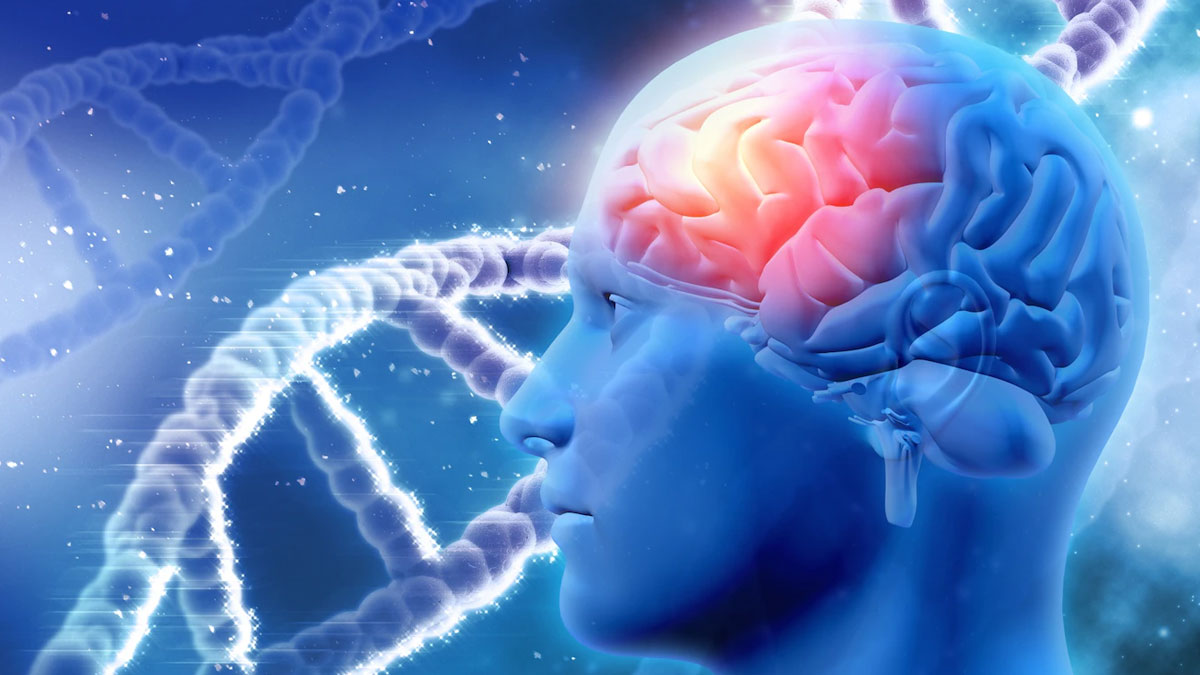
Having a brain stroke at 40 is scary. What is even scarier is that it can happen to anyone. A stroke occurs when a blood vessel in the brain ruptures and bleeds, or when there’s a blockage in the blood supply to the brain. In most cases, this rupture or blockage prevents blood and oxygen from reaching the brain’s tissues, which can become deadly when not treated on time.
Table of Content:-
According to the National Heart Lung and Blood Institute, at a younger age, men are more likely than women to suffer a stroke. Women are also at higher risk throughout pregnancy and in the weeks following childbirth.
What are the silent symptoms associated with stroke and brain hemorrhages?
“Many patients do not have specific symptoms. Many people often ignore minor symptoms like headaches. However, it is essential to understand that the human brain is a highly vital organ that is intricately wired and which gives alarms for the slightest errors,” said Dr Ashok Hande, Consultant-Neuro & Spine Surgery, Fortis Hiranandani Hospital, Vashi, adding, these alarms are called “warning signs”.

Also read: Expert-Recommended Tips To Reduce Stroke Risk In Winter
“These signs are initially transient and could be highly non-specific, like giddiness, dizziness, or headaches. On the other hand, they could also present every specific sign like heaviness or numbness of the limbs or momentary slurring while talking. If a person experiences these signs and symptoms, it must be brought to a doctor’s attention promptly; that can become the difference between life and death,” Dr Hande added.
Why is it dangerous to ignore symptoms?
According to Dr Hande, hypertension and Diabetes have today become common lifestyle disorders. More importantly, since these diseases affect essential organs of the body, including the brain, heart, and kidneys; there is an urgent need to raise awareness about these conditions so that they do not result in preventable fatalities and diagnoses.
As per Dr Hande, there have also been many cases where Hypertension and Diabetes have not even been detected during health check-ups, which is why making people aware of proper lifestyle methods to reduce the risk of these conditions is vital, both from a healthcare and disease management perspective.

What lifestyle measures can reduce the risk of these conditions?
Explaining the risk factors Dr Hande said that brain haemorrhage is usually the first symptom of uncontrolled high blood pressure. In addition, Diabetes is a well-established risk factor for brain stroke. It can cause pathologic changes in blood vessels all over the body, which can then lead to brain stroke when the blood vessels in the organ are directly affected. In addition, in diabetic patients, mortality is higher, and post-stroke outcomes are poorer because of uncontrolled glucose levels.
Lifestyle factors can play a vital role not only in reducing the effects caused by Hypertension and Diabetes, but also in the prevention of these conditions. Some of them are as follows:
Regular physical exercise of at least 150 minutes per week is highly recommended. This can include aerobic activities or high-intensity workouts.
- Limit the consumption of food items high in sugar and salt and limit high-fat meats and whole-fat dairy products. At the same time, focus on consuming seasonal fruits and vegetables while using cooking methods like grilling, broiling, and baking.
- Self-monitor the blood sugar levels so that timely medical attention can be sought when needed
- If a person is obese, losing weight is highly critical for managing the condition
- Ensure good quality sleep for at least eight hours every night
- Refrain from smoking and excessive consumption of alcohol
Also read: Beauty Parlour Stroke Syndrome: What Are Its Causes And Symptoms
It is extremely vital that lifestyle choices and awareness about stroke must be brought to the wider audience, so that these cases are diagnosed and treated in a timely manner.
Also watch this video
How we keep this article up to date:
We work with experts and keep a close eye on the latest in health and wellness. Whenever there is a new research or helpful information, we update our articles with accurate and useful advice.
Current Version